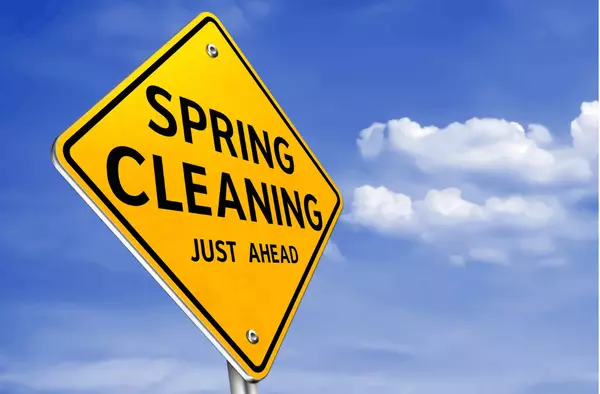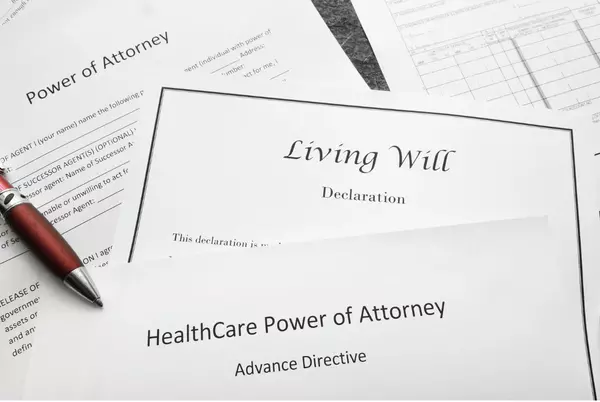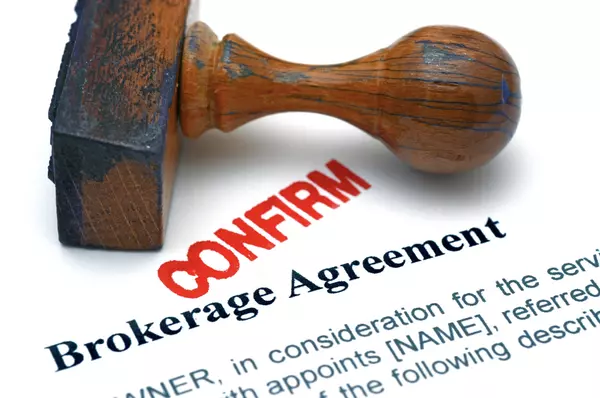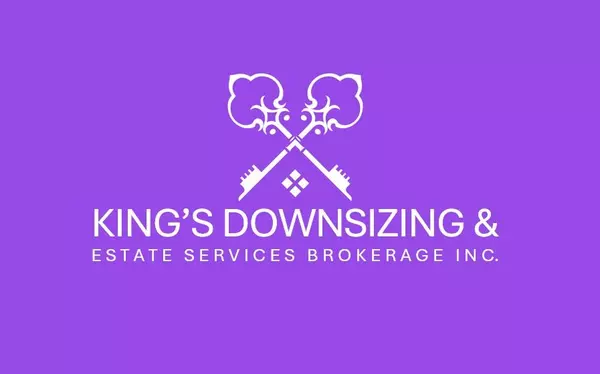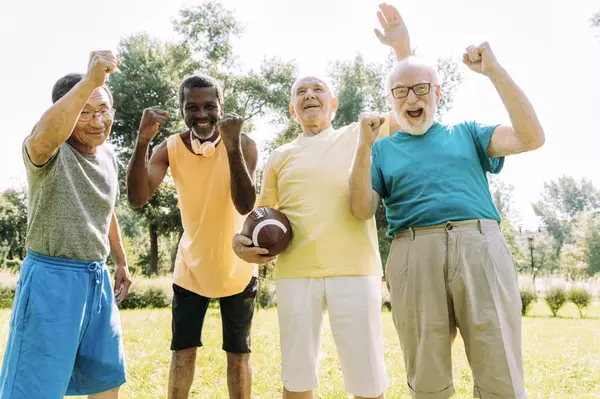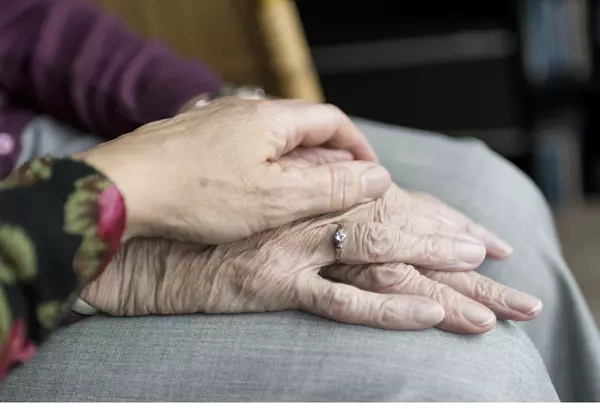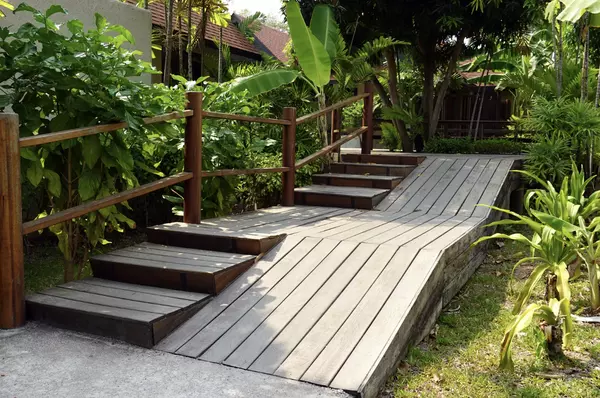As we age, maintaining a safe and comfortable living environment becomes increasingly important. For seniors, the risk of falls, accidents, and injuries in the home can be a significant concern. That's why home safety upgrades are crucial in helping older adults maintain their independence while ensuring their well-being.
At King's Downsizing & Estate Services, we understand the importance of creating a safe, functional, and comfortable living space for seniors, especially those choosing to age in place. In this article, we’ll explore the most effective home safety upgrades for seniors, how they contribute to overall health, and why making these changes now can help you or your loved one live confidently and independently for years to come.
Why Home Safety Upgrades Matter for Seniors
The National Institute on Aging reports that one in four older adults falls each year, and many of those falls occur at home. Simple upgrades, however, can significantly reduce the risk of falls and other home accidents, leading to a higher quality of life and greater peace of mind. Home safety modifications not only protect seniors physically but also emotionally, as they foster a sense of security and independence.
Additionally, making the home safer can delay or even prevent the need for a move to assisted living or a retirement facility. By making the right upgrades, seniors can remain in their homes longer, enjoying the comfort of familiar surroundings without compromising their health and safety.
Top Home Safety Upgrades for Seniors
- Stair Lifts and Ramps
Stairs are one of the most common sources of injury for seniors. Installing a stair lift or ramps can help seniors who have mobility challenges navigate their home more easily. These modifications not only improve access but also prevent falls by offering a safer alternative to climbing stairs.
- Non-Slip Flooring
Slippery floors are a major fall hazard. Consider installing non-slip flooring in high-risk areas such as bathrooms, kitchens, and entryways. You can also add non-slip mats or rugs in areas prone to wetness to prevent slipping accidents. These inexpensive changes can dramatically reduce the risk of falls.
- Bathroom Modifications
The bathroom is another high-risk area for seniors. Simple modifications like grab bars in the shower, raised toilet seats, and a walk-in tub can make a huge difference in safety. By making these adjustments, you can ensure your loved one can use the bathroom with confidence and ease.
- Improved Lighting
Poor lighting can make it difficult for seniors to see potential hazards in their home, such as furniture, steps, or uneven flooring. Adding brighter lights in hallways, staircases, bathrooms, and entryways can help seniors navigate their home safely. Motion-activated lights are also a great option for those with limited mobility, as they don’t require reaching for a switch.
- Accessible Doorways and Hallways
Wider doorways and hallways allow for easier movement, particularly for seniors who use mobility aids like walkers or wheelchairs. By ensuring that key areas of the home are accessible, seniors can avoid the risk of getting stuck or unable to move freely.
- Emergency Alert Systems
Having an emergency alert system in place is essential for seniors who live alone. These systems allow seniors to call for help quickly in the event of an emergency, such as a fall or health-related incident. Many modern systems offer automatic fall detection, which can alert loved ones or emergency responders even if the senior cannot reach the button.
- Smart Home Technology
Advancements in smart home technology can be a game changer for seniors. Smart thermostats, voice-activated assistants, and security systems make it easier for seniors to control their environment and stay connected with loved ones. For example, smart door locks and video doorbells can provide extra security by allowing seniors to monitor visitors and lock/unlock doors remotely.
- Fire Safety Upgrades
Seniors may struggle with mobility issues that could make it harder to escape in the event of a fire. Ensure your home is equipped with smoke detectors, fire extinguishers, and clearly marked escape routes. Also, consider upgrading to smart smoke detectors that can alert both the homeowner and emergency services in the event of a fire.
Maximizing the Benefits of These Upgrades
Simply installing home safety upgrades is not enough; it's essential to maintain them and regularly evaluate their effectiveness. Here are a few tips to maximize the benefits:
- Regular Maintenance: Check for any wear and tear on safety upgrades. For example, make sure grab bars are securely installed and that ramps and stairs remain free of debris.
- Personalized Adjustments: Not every home safety upgrade will be suitable for every senior. It's important to assess the specific needs of the person living in the home and tailor the upgrades accordingly.
- Incorporate Technology: Embrace new technologies that improve safety. For example, fall detection systems and health monitoring devices can add an extra layer of protection.
- Ongoing Education: Ensure that everyone in the household is educated on how to use safety features, such as emergency alert systems or smart devices, to ensure that they can be used effectively in an emergency.
Start Your Home Safety Upgrade Today
At King’s Downsizing & Estate Services, we believe that home safety should never be an afterthought. Whether you're planning to age in place or helping a loved one make their home safer, we can help guide you through the process of making thoughtful, practical upgrades that enhance safety and well-being.
Contact us today to schedule a consultation, and let us assist you in evaluating your home for necessary upgrades. Our experienced team can help you create a safer, more comfortable living environment that supports your independence.
Take the first step towards peace of mind today—call us or visit our website to learn more about our Senior Concierge Services and home safety solutions.

